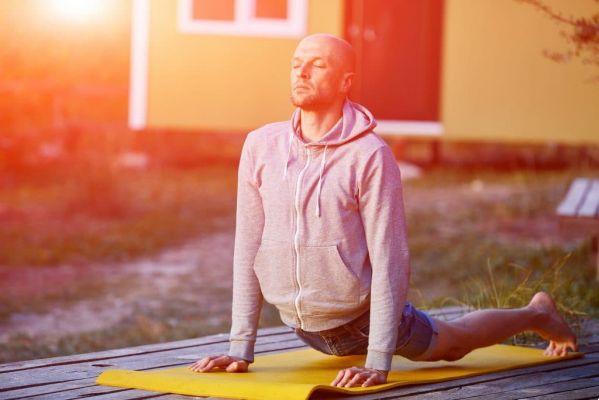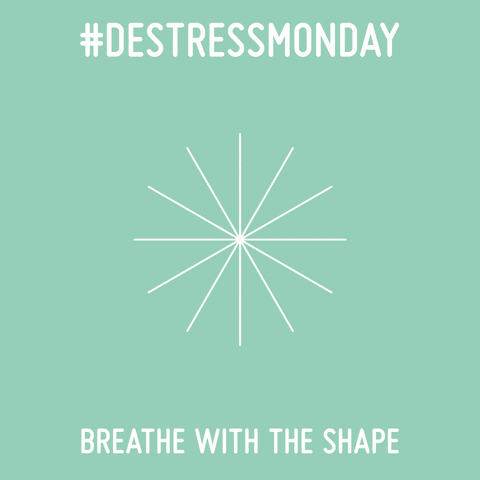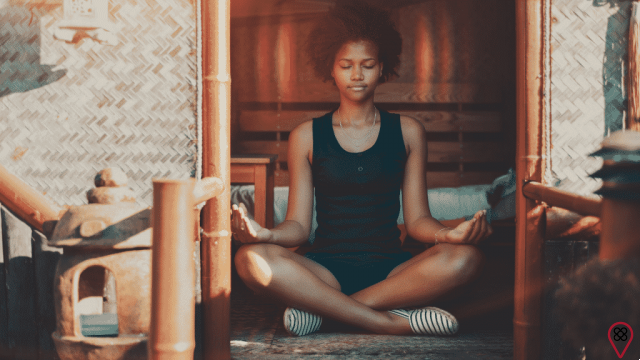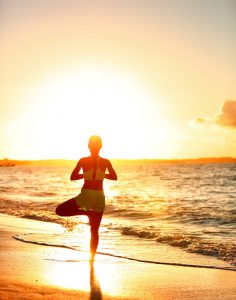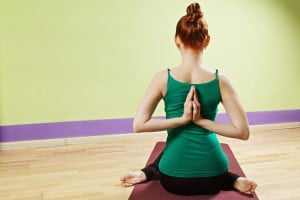
Improved posture and strengthened muscles are just two benefits of yoga. But did you know that it is also good for the eyes? meet the trataka kriya, yoga for the eyes and learn some exercises.
Or what is Trataka Kriya?
In Sanskrit, trataka is “purifying action” and kriya, “attentive and fixed gaze”. Trataka Kriya means “purifying action through the fixed and attentive gaze”. The technique is very important, especially nowadays, where approximately 35% of people around the world have myopia or hyperopia.
The causes of some eye diseases are related to chronic stress and emotional/mental problems. The Trataka Kriya exercises maintain the health of the eyes, protecting them against the deterioration of structures, membranes and muscles associated with movement and focus/sharpness of images. The technique is performed with the finger or the flame of a candle and helps to alleviate symptoms of the aforementioned diseases.
Benefits
The technique does not cure any problems, however, with regularity, it is possible to notice improvement in a few months. meet some Benefits of Trataka Kriya:
- Decreases headaches;
- Improves vision and visual memory;
- Reduces anxiety;
- It can be practiced in the treatment of depression;
- For adepts of meditation, it is preparatory.
How to practice Trataka Kriya?
There are a few rituals for Trataka Kriya, see what they are:
- During the day, do the exercises facing the sun;
- The position is usually always sitting, with the legs crossed and the spine straight, on a mat or folded blanket, but there are exercises done standing and sitting with the legs stretched out;
- Slow and deep breathing to relax the whole body.
Exercises
check it out now Six Treataka Kriya exercises:
- Blink
Repeat the movement of closing your eyes quickly 10 times. Close your eyes and take 6 deep breaths. Repeat the exercise 5 times.
- Palming or groping
With your eyes closed, rub your palms together until they are warm. Place them on the eyelids without applying pressure. Exercise improves the circulation of fluid between the cornea and lens, the so-called aqueous humor, especially if performed at sunrise or sunset. In that case, don't look at the sun directly after the activity. Repeat the exercise 5 times.
- Looking near and far
Stand near an open window where you can clearly see the horizon. Position your arms straight and leaning against your body. Look at the nose for 10 seconds, then look at the horizon for 10 seconds. Close your eyes and relax. Repeat 10 to 20 times.
- Look at the tip of the nose
Sitting with your legs crossed, let your right arm stretch out in front of your nose with your thumb up. Keep your eyes on that fingertip. Slowly flex your arm and bring it to the tip of your nose, keeping your focus on your fingertip. Stay in this position for a few seconds and slowly extend your arm. Inhale as you bring your thumb to the tip of your nose and hold your breath when your finger is in your nose. Release the air when you stretch your arm. Repeat 5 times.
- Up and down
Sitting with your legs stretched out in front of your body, place your fists on your knees and keep your thumbs up. With your arm straight, lift your right thumb and follow the movement without moving your head. Return your thumb to the starting position, following the movement with your head still. Do the same with your left thumb. Repeat 10 times, 5 for each finger. When you lift your eyes, inhale. When lowering them, do the opposite. At the end of each session, close your eyes and relax.
- Looking to the sides or side view
Sitting in the same position as in exercise 4, bring your arms to shoulder height with your hands closed and your thumbs up. Choose a fixed point in front of you and at eye level and keep your head in that position. Direct your gaze in this order: left thumb, space between eyebrows (looking up), right thumb, space between eyebrows and left thumb.
Repeat 10 to 20 times, close your eyes and relax after each session.
The exercise is great for relaxing eye strains common to students, people who work with reading documents and stay indoors. It helps those who have strabismus.
Unconvinced of the benefits of yoga for the eyes? Maybe you still don't understand what this ancient technique represents. become aware reading more about it!
Written by Sumaia Santana from the Eu Sem Fronteiras team







